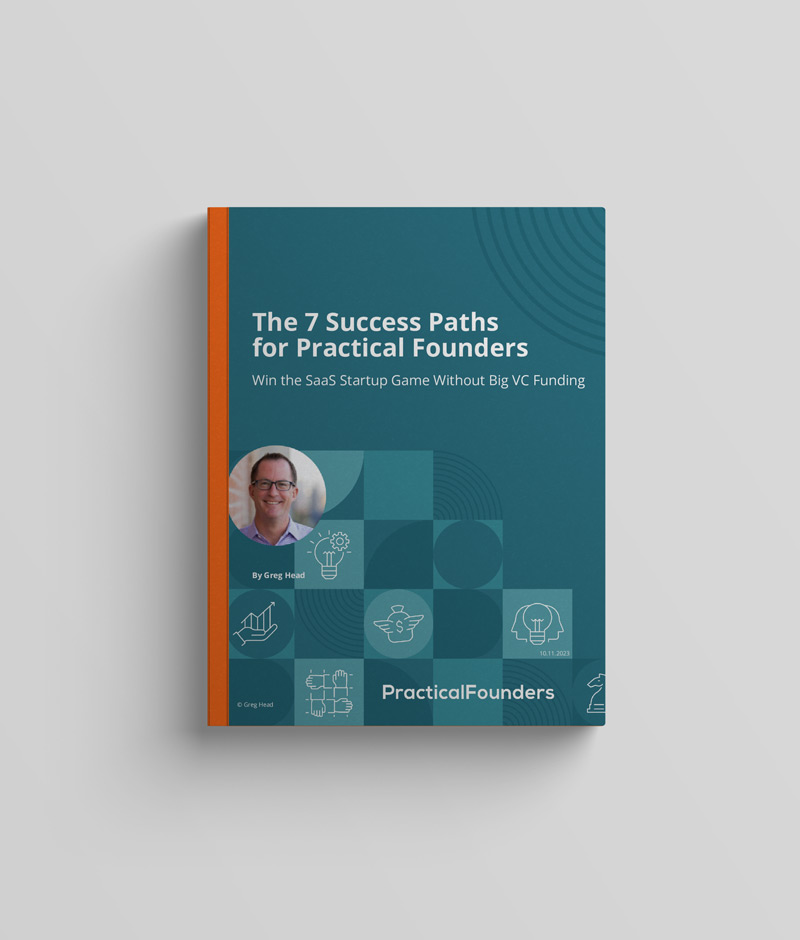Here’s the fourth most successful way I see software founders funding their way across the Startup Traction Gap between MVP and sustainable sales.
It’s not something I can recommend to new founders, because these startups were funded by founders who have already built and sold software companies.
Second and third-time founders usually fund their next startup idea themselves.
Somewhere between 10% and 20% of startups with $1M+ ARR were funded at first by second-time founders.
This makes sense. Here’s why:
1) Founders with successful exits have sold their company and are now out of a job. It was job they loved and want to do again, but this time without outside funding when they start it. And with all their hard-earned wisdom, experience, and connections.
I don’t know many entrepreneurs who have sold their companies for a big prize who hang up their spurs and just retire. Most fanatic entrepreneurs don’t retire. They do it again. It’s what we do.
2) Exited founders have crossed the startup Traction Gap before and know how hard and risky it is. Some don’t want to invite trusted investors into this risky phase.
Others just don’t want to waste time playing the unproductive pre-revenue funding begging game again.
They want to skip the angel, pre-seed, and seed rounds altogether. Just build a fundable company where they have a lot more leverage if they decide to bring in big investors later.
3) The majority of second and third-time software founders I know have decided never to raise outside capital again. Or at least not from institutional VC investors who play the most serious and risky game. It’s a game that most have already played and don’t want to do again.
They also know the software startup game has changed. Now they can inexpensively build a product and get sustainable revenues going with frugality without big funding. This was not common 10 years ago and almost impossible 20 years ago.
Now they grow their solid SaaS businesses to $2M or $10M ARR and sell them for 10X revenues. That’s a game most returning founders would love to play. They can do it their way this time.
4) There’s another game out there that we don’t read about in VC funding news feeds. There are many savvy software founders who are quickly building new niche startups to $1M-$3M ARR and selling them for $5M to $20M in 3-5 years. Then they do it again and again. Sometimes two startups at once.
They literally are building savvy software companies and selling them to fund their next big idea. These entrepreneurial “flippers” roll some of their prize money into bigger and bigger bets. It’s actually becoming common.
Obviously I don’t recommend second-time founder self-funding approach to new entrepreneurs.
But it’s the most likely scenario for a founder who has already sold a software company and is still active in startups.
Here are all 5 parts of the series on funding your way across the traction gap.
<
- Crossing the dreaded Traction Gap between MVP and sustainable sales
- Funding your startup across the Traction Gap with your day job or services business
- Funding your startup across the Traction Gap with sales revenue aka customer funding
- Funding your startup across the Traction Gap with angel investors
- Funding your startup across the Traction Gap as a 2nd time founder


